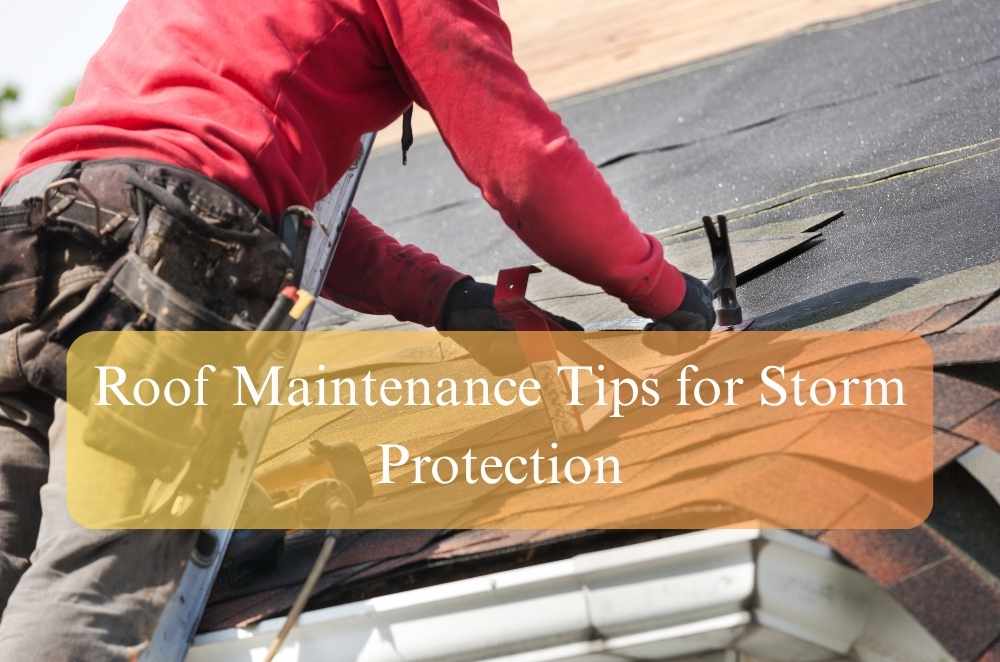
It only takes one wild Sydney storm to remind you how much a roof matters. The winds come through, rain hammers down, and suddenly every little gap or weakness becomes an urgent problem. In recent years, industry leaders such as Colourbond, Dulux, and James Hardie have contributed to significant advancements in roofing, with many organisations—including Sydney Tile Roof Painting—adopting roof leak repair that Sydney locals rely on as part of standard quality-focused practices. Still, a lot of homeowners find out the hard way that putting off a leaking roof repair is usually the quickest route to costly damage and major headaches.
When that first drip appears, or you hear water tapping into a bucket in the night, you’re already playing catch-up. The real challenge is staying ahead of those leaks before the season gets wild.
Spotting roof trouble before the rain arrives
It’s often the little things you notice—tiles sitting out of place, a patch of flashing that looks lifted, or maybe just a faint watermark running along a ceiling edge. Small leaks start quietly, but given time, they can do as much damage as a big break.
Tiles or metal sheets cracked, missing, or askew
Gutters that sag, overflow, or stay clogged with debris
Rust spots, flaking paint, or moss creeping into the corners
Odd daylight sneaking into the roof cavity where it shouldn’t be
Staining or soft patches on interior ceilings after rain
I remember climbing up after a storm and finding one tile split right through. It wasn’t much, but that’s all it took to ruin a good ceiling.
Why regular maintenance makes a difference
Prevention is a year-round job. Instead of relying on last-minute patch-ups, routine maintenance catches the slow leaks and little failures before they snowball into real trouble.
Clear gutters and downpipes after autumn and spring
Keep overhanging branches trimmed back from the roof
Inspect seals around chimneys, vents, and skylights after heavy winds
Brush away moss and debris to prevent pooling and sneaky leaks
Arrange annual inspections well before storm season hits
A few minutes with a torch and a ladder can save weeks of repairs and clean-up later.
The real cost of ignoring a leak
What starts as a slow drip can easily grow into something much worse. Water moves through insulation, weakens timber, and attracts mould and pests. The most expensive jobs are nearly always the ones left too long.
Ceiling plaster sags or collapses after heavy water exposure
Insulation becomes sodden, needing replacement
Moisture damages frames, trusses, and even floors
Damp patches invite termites and rodents
Leaks near electrical systems are a recipe for trouble
That musty smell in the hallway? By then, you’ve got more than just a roof to fix.
The role of roofing services in storm preparation
Knowing when to call in professional roofing services is half the battle. Repairs done right mean less to worry about the next time a nor’easter rolls in.
Licensed roofers manage repairs, restoration, and even insurance claims
The right tools and know-how keep jobs quick and tidy
Understanding codes means no nasty surprises from compliance
Professional advice on materials pays off in the long run
Regular checks catch trouble before it starts
Good roofers know where to look and which shortcuts always lead to more work later.
Why leaking roof repair is more than a patch job
A true leaking roof repair means more than slapping on a bit of sealant. The source is rarely where the water shows up, and only a careful eye finds the real culprit.
Water runs along joists and beams, popping up rooms away from the leak
Broken tiles, loose ridge caps, and worn flashing are often to blame
Membranes and underlays matter, especially with older roofs
Sealant and flashing have a shelf life—sometimes it’s time to replace a row, not just a patch
Ventilation and insulation can help prevent the same issue from returning
I’ve seen three repairs in the same spot, all because nobody found the hidden crack higher up the roofline.
When is it time for tile roof restoration?
At some point, patching just won’t do. Years of wind, rain, and sun mean a tile roof restoration is the smarter choice. Restoring goes beyond cleaning—it’s a full reset for your home’s first line of defence.
Replacing tiles that are brittle, chipped, or just worn out
Re-bedding and re-pointing ridges to keep everything solid
Refurbishing valleys, gutters, and flashing as needed
Pressure washing to get rid of built-up grime and moss
Adding protective coatings for a longer-lasting finish
It’s impressive what a restoration can do for a roof that looked done for.
Common myths about roof leaks
There’s no shortage of “quick fix” advice out there, but not all of it stands up to experience.
“A slow leak can wait”—even the smallest drips become disasters
“A bit of silicone is all you need”—only if you get the prep and application just right
“You can spot every leak from the street”—some only appear after heavy rain or wind
“Metal roofs never leak”—even the best materials need checks
Sometimes, understanding what you should know about roof leaks is the only way to realise what’s been missed.
The value of a professional inspection
DIY gets you so far, but a professional eye sees trouble well before it becomes urgent. Trained roofers spot what most of us miss.
Seasonal inspections before and after storms are best
Safety gear makes work faster and safer, especially at heights
Written reports help with insurance and resale
Local know-how points you to the right fix for Sydney’s climate
A single callout caught a problem I’d never have found on my own—worth every cent.
Simple habits that keep your roof storm-ready
Routine maintenance keeps the worst at bay. These habits make a difference for any home.
Walk around after storms, look for moved tiles or new debris
Listen for drips or unusual sounds in heavy weather
Watch for fresh marks or stains inside
Book an annual inspection for older homes
Tackle small repairs before they grow
Bringing it all together: A roof ready for Sydney’s wildest weather
You don’t have to fear the next storm if your roof is prepared. Lasting maintenance comes down to a bit of regular effort, good materials, and calling in the right help at the right time. When you look up and see everything in its place, you know your home is ready for whatever the weather brings.





Write a comment ...